About
I’m a human-computer interaction researcher trying to make computers better at supporting human creativity. My primary focus is the design, development, and evaluation of AI-based creativity support tools to assist designers and artists; so far I’ve mostly worked on tools for storytelling, poetry, and game design, as well as new, domain-general ways to assess tool impacts on creative practice. My work has been covered by outlets including The New Yorker, New Scientist, and The Verge.
Currently, I’m a visiting scholar in the Berkeley Institute of Design at UC Berkeley and an incoming assistant professor in the new Design Tech department at Cornell Tech. Before that, I was the director of the Storytelling Lab at Midjourney. I hold a Ph.D. in Computational Media from UC Santa Cruz, where I was a member of the Expressive Intelligence Studio and focused primarily on technical games research. I’ve also been a resident at Stochastic Labs; an assistant professor of computer science and engineering at Santa Clara University; a consultant at various game industry and tech companies; and a researcher in several labs, most notably the Mobile & Environmental Media Lab, at the University of Southern California.
Here’s a complete list of my papers (current count: 78; awards and nominations: 11). You can also check out my full CV for links to many of my talks and other output.
Selected projects and papers
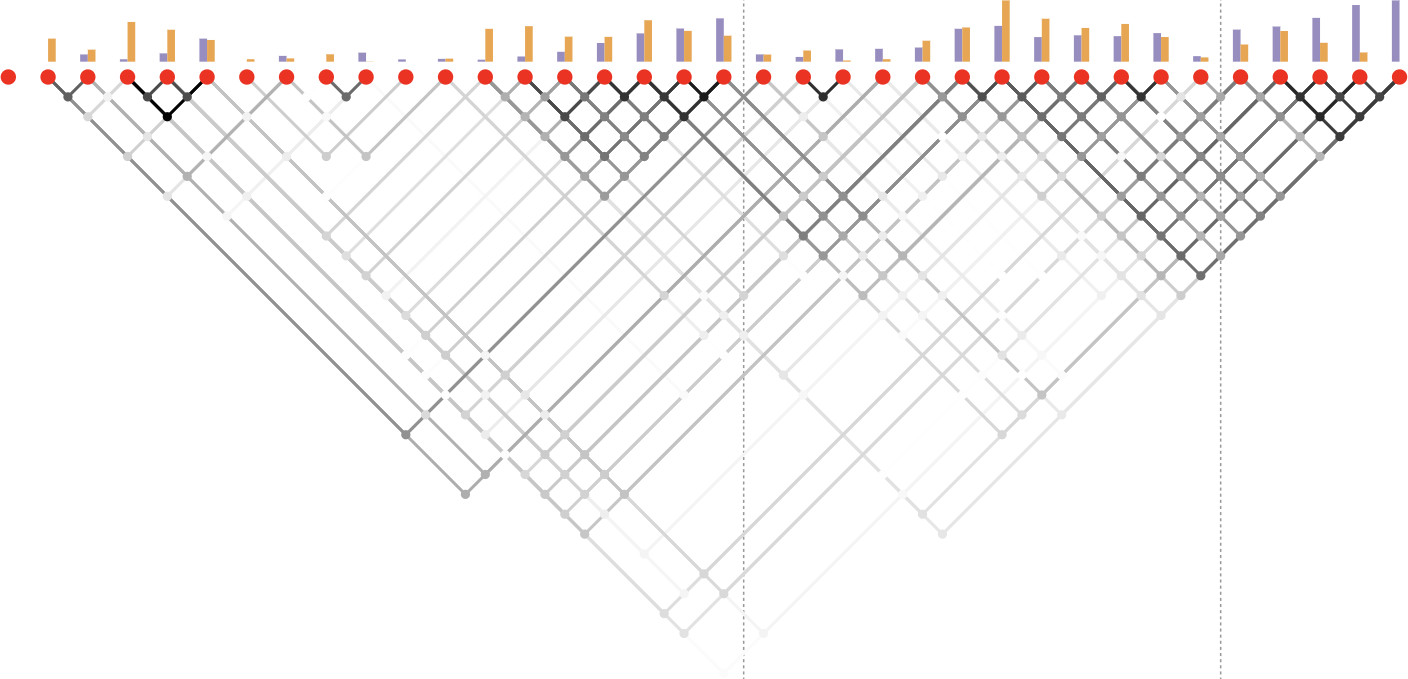
🗞️ Press: The New Yorker
🤝 With: Amy Smith, Barrett Anderson, Jasmine Otto, Isaac Karth, Uchan Sun, John Chung, Melissa Roemmele
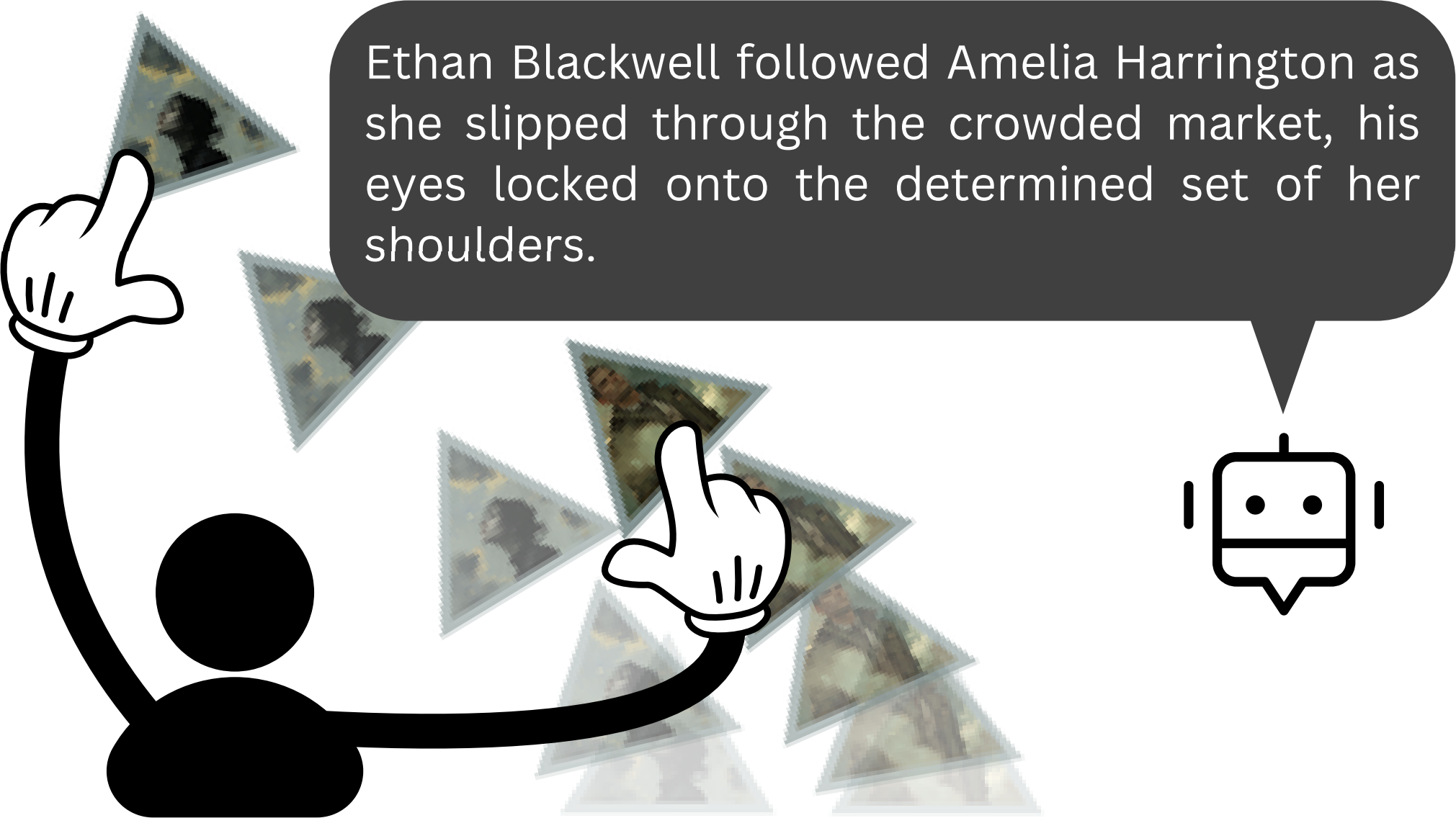
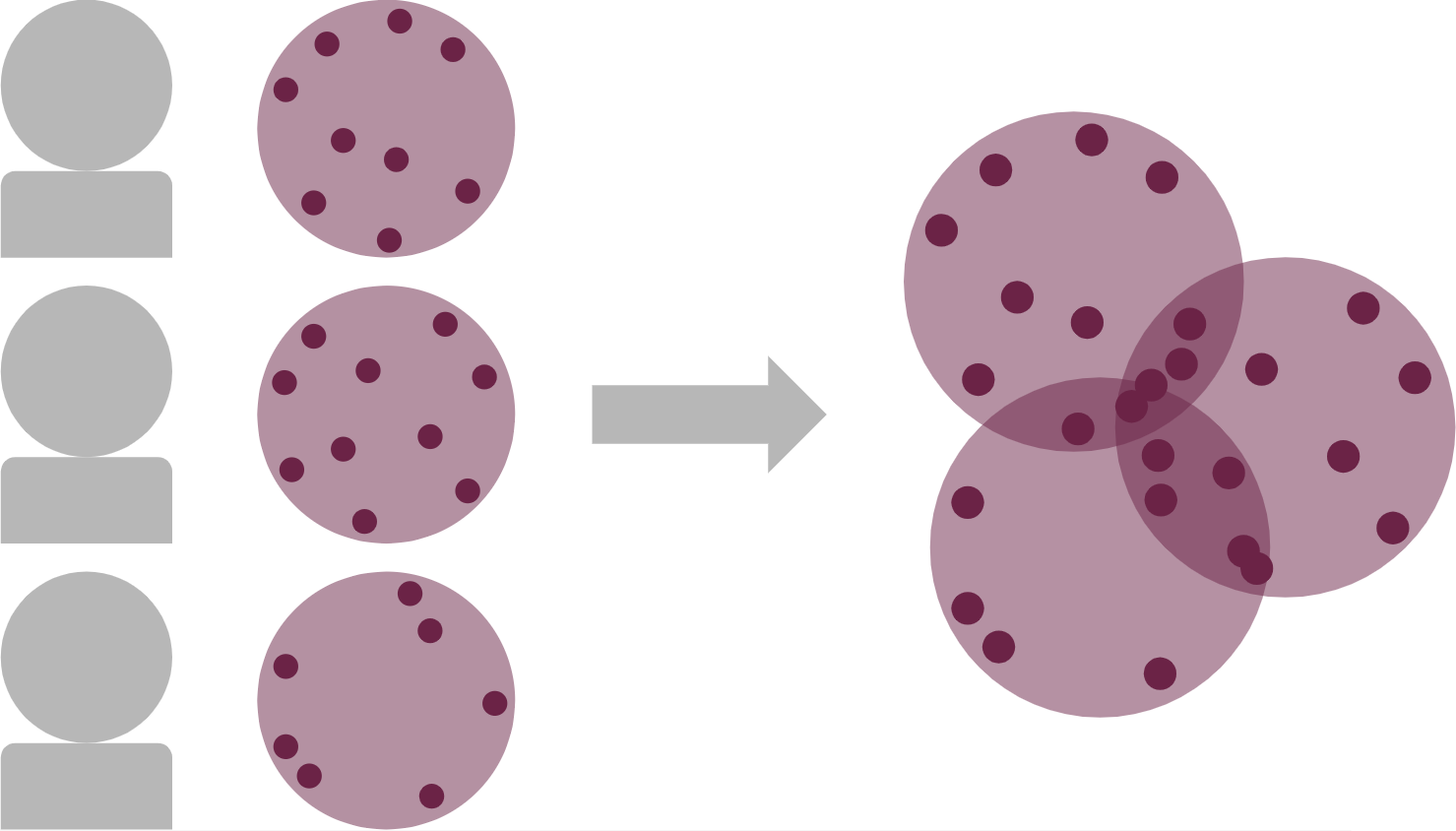
🗞️ Press: The New Yorker, Digital Frontier
🤝 With: Barrett Anderson, Jash Shah
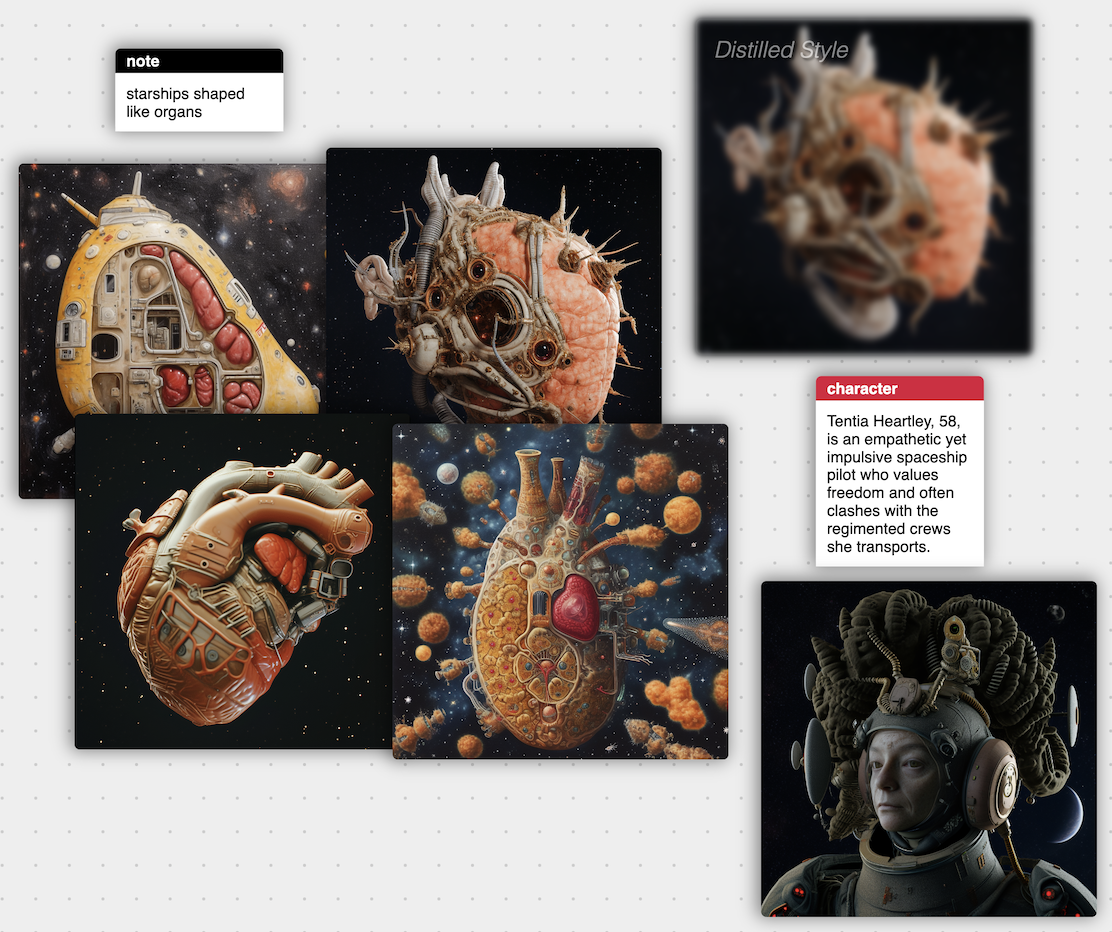
🗣️ Talks: Autodesk Research, South Park Commons
🗞️ Press: VentureBeat, The Decoder
🤝 With: John Chung, Melissa Roemmele, Uchan Sun
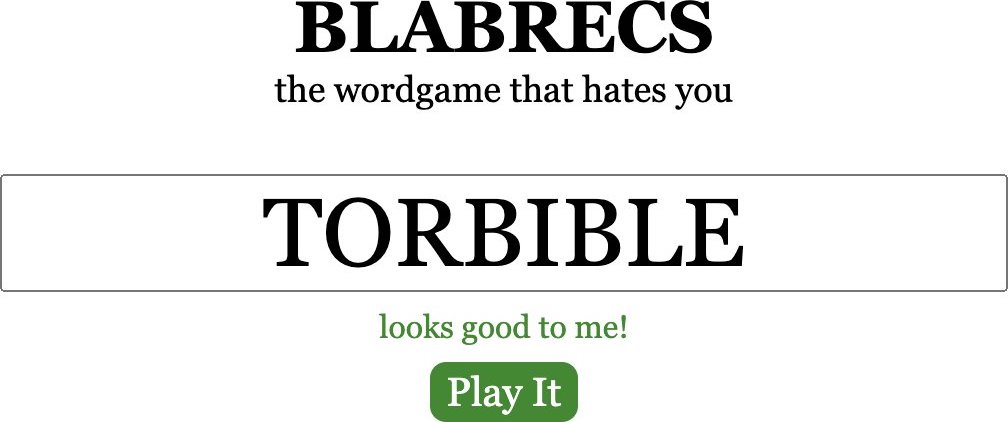
🗣️ Talks: !!Con 2024, GDC 2024 (skip to 1:51:00)
🗞️ Press: New Scientist, The Next Web, Dicebreaker
🤝 With: Isaac Karth
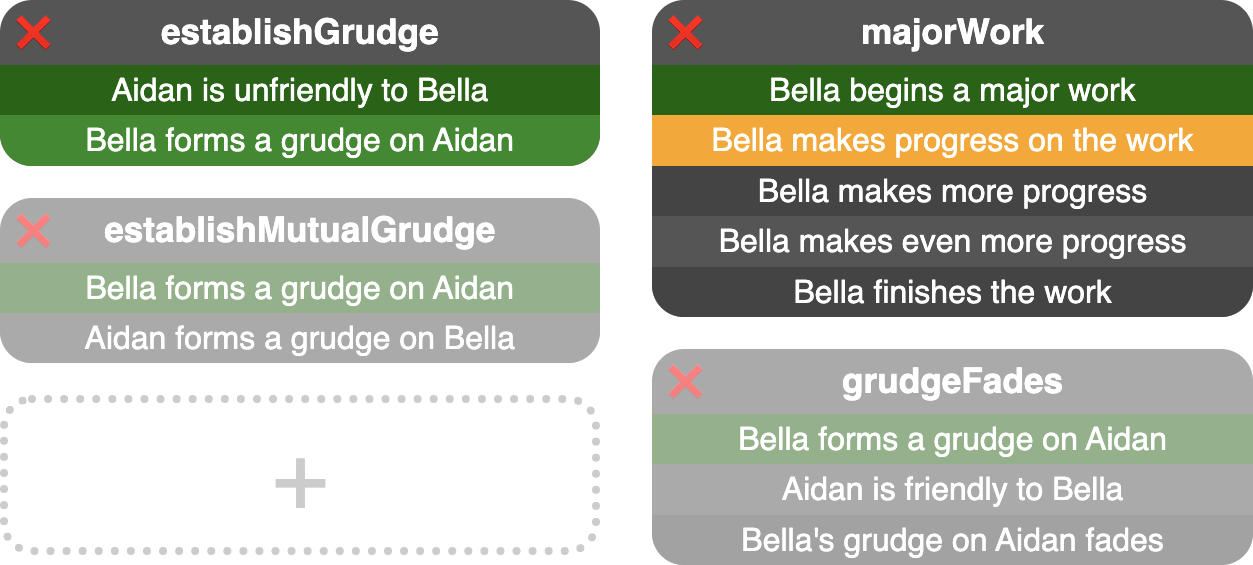
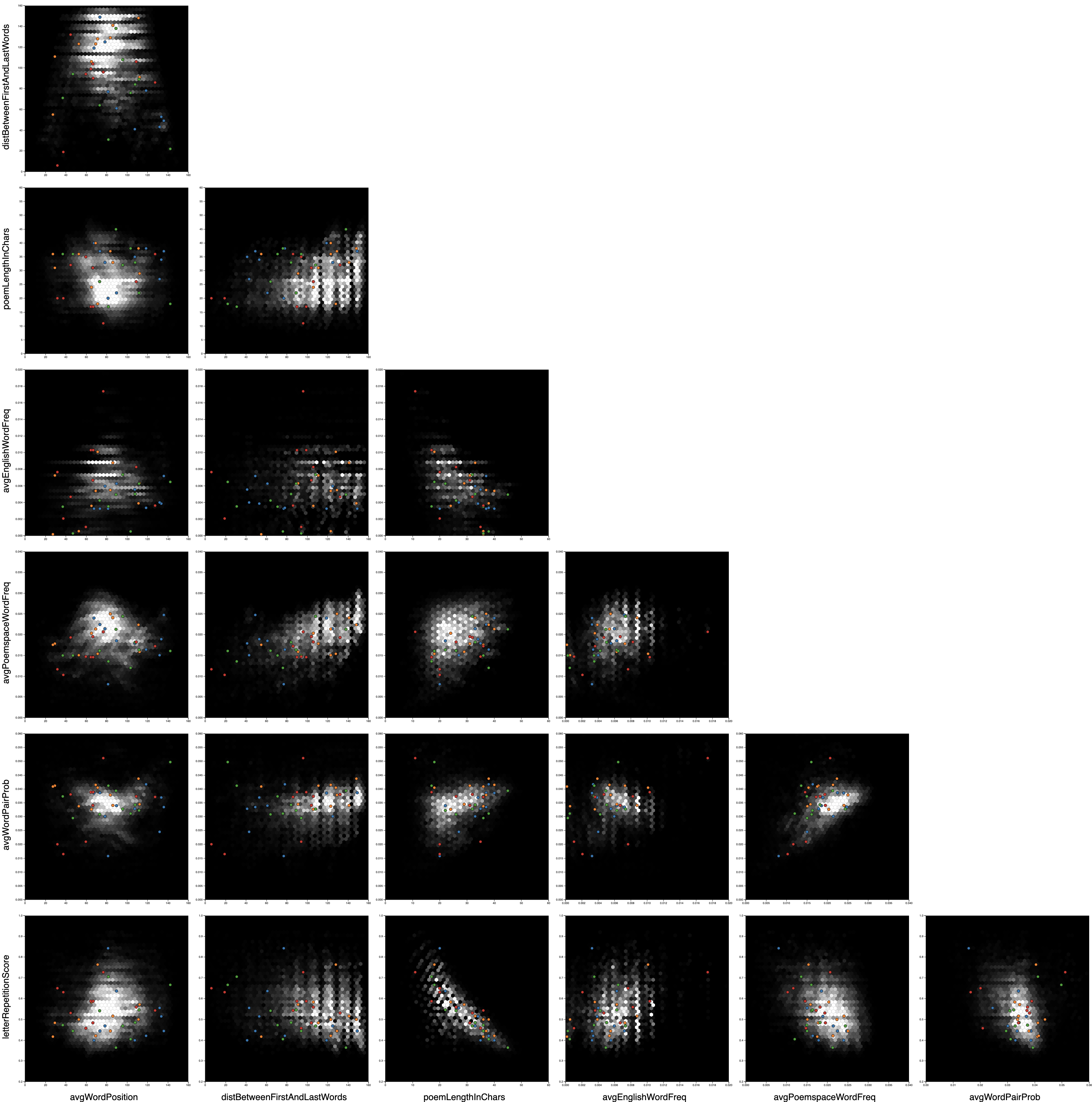

🗣️ Talks: Concordia University
🗞️ Press: The Verge
🤝 With: Melanie Dickinson
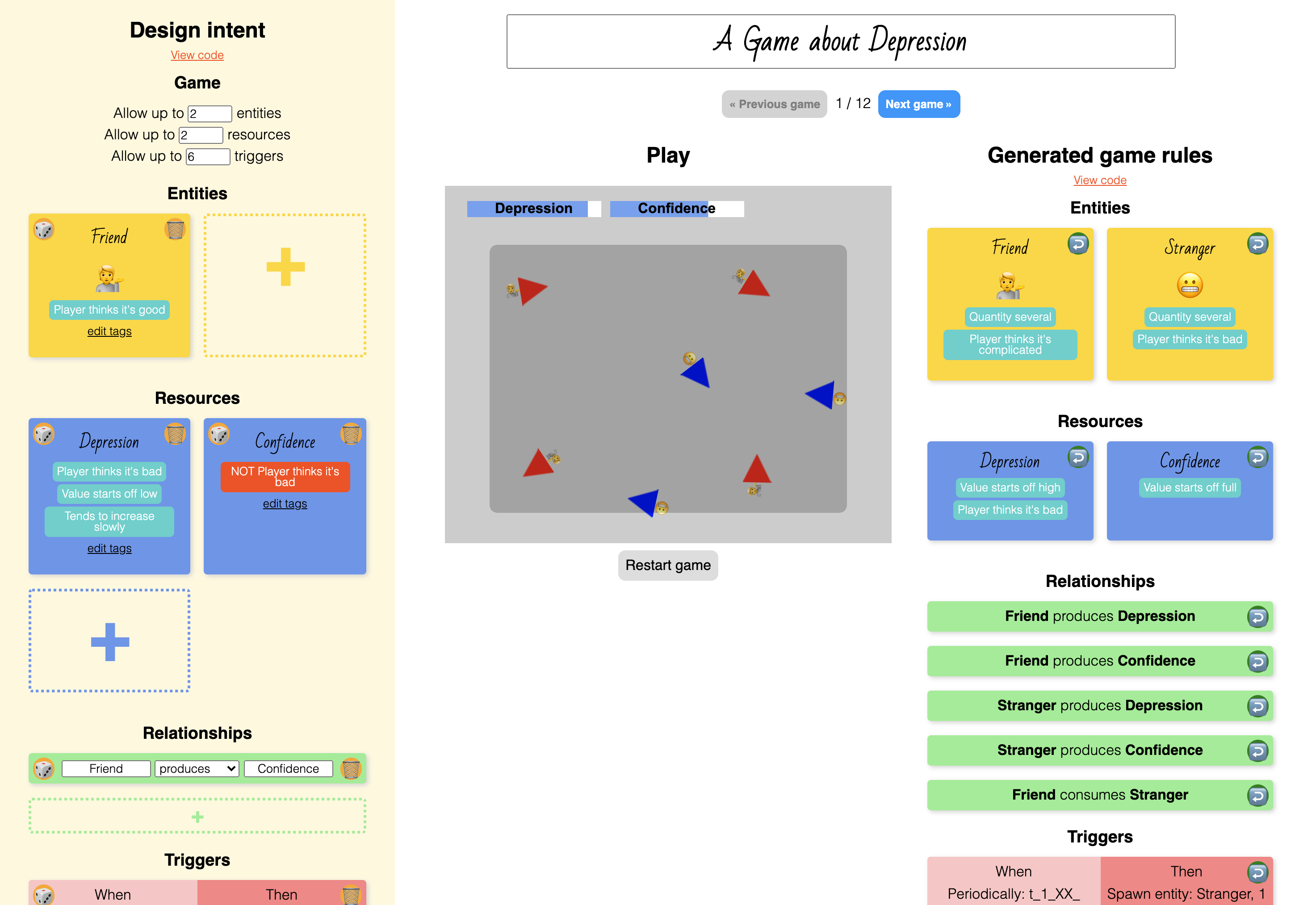
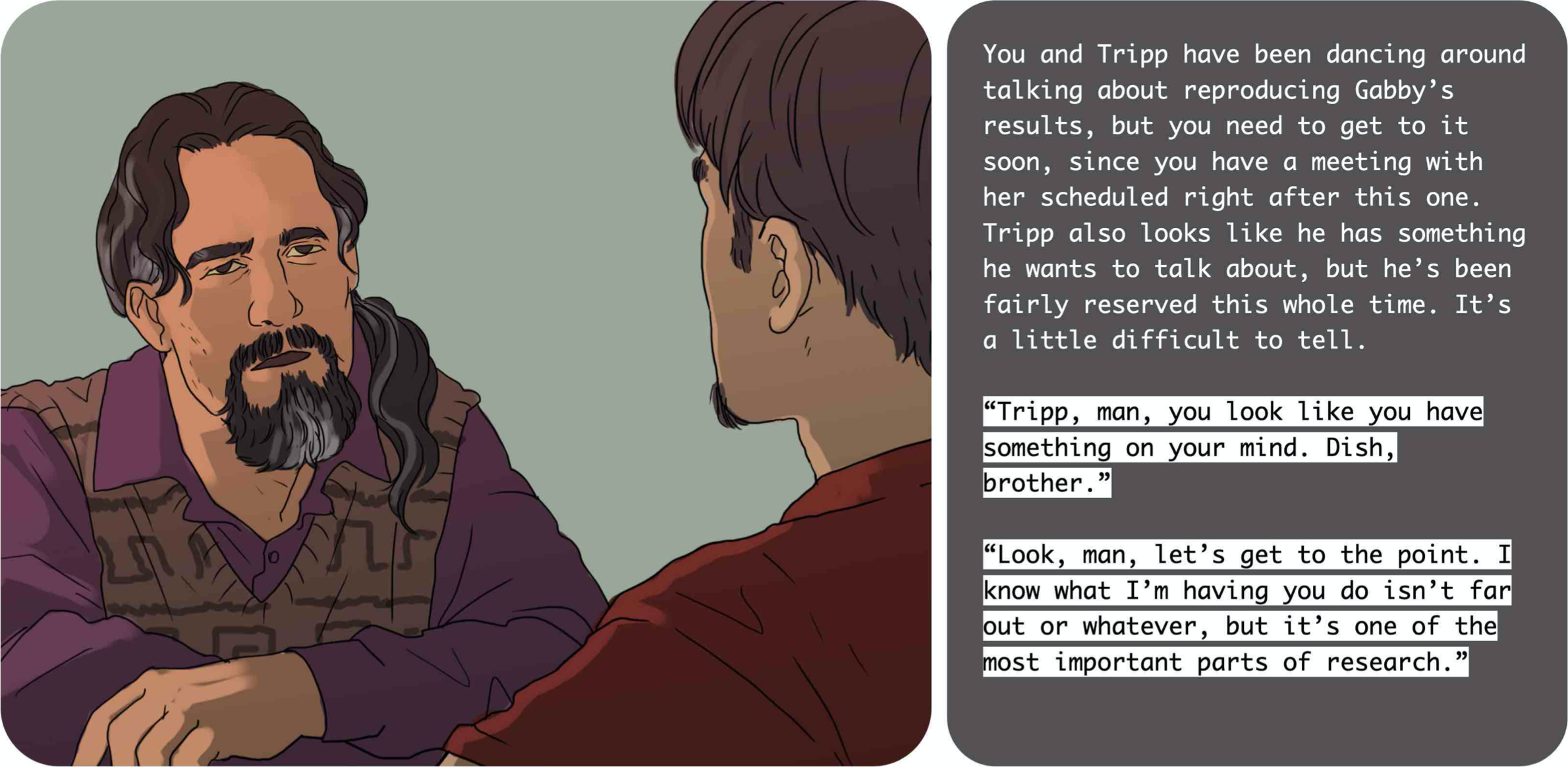
🤝 With: Eddie Melcer, Katy Grasse, Nic Junius, many others
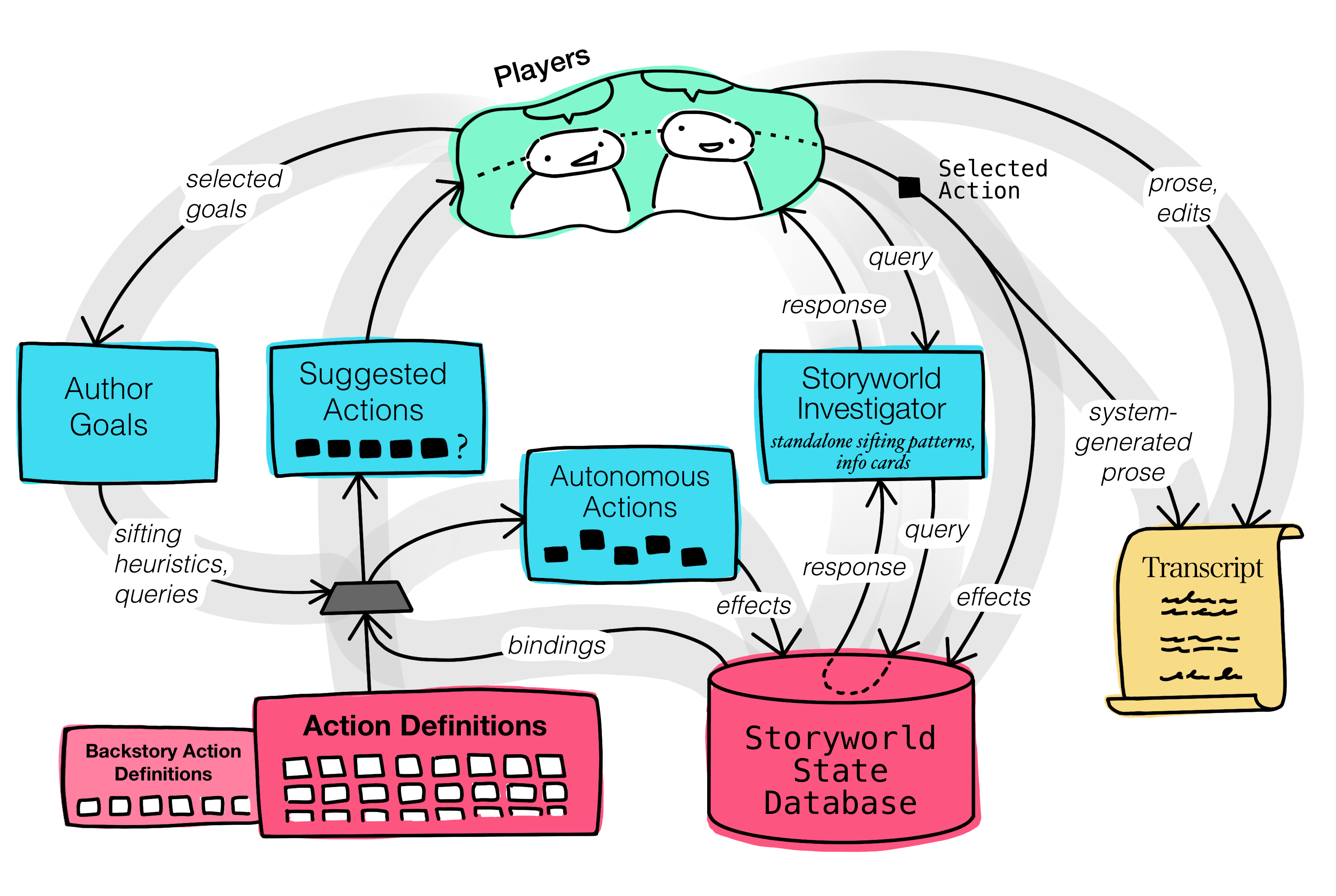
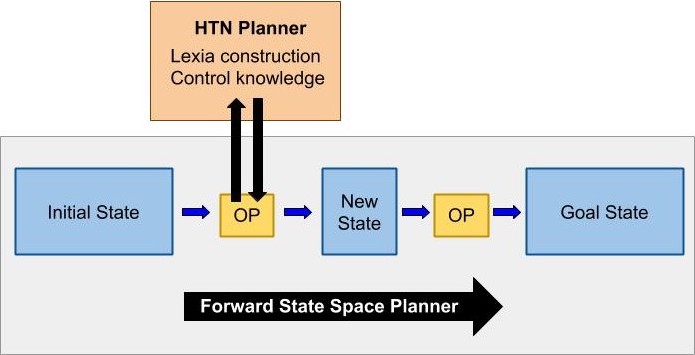
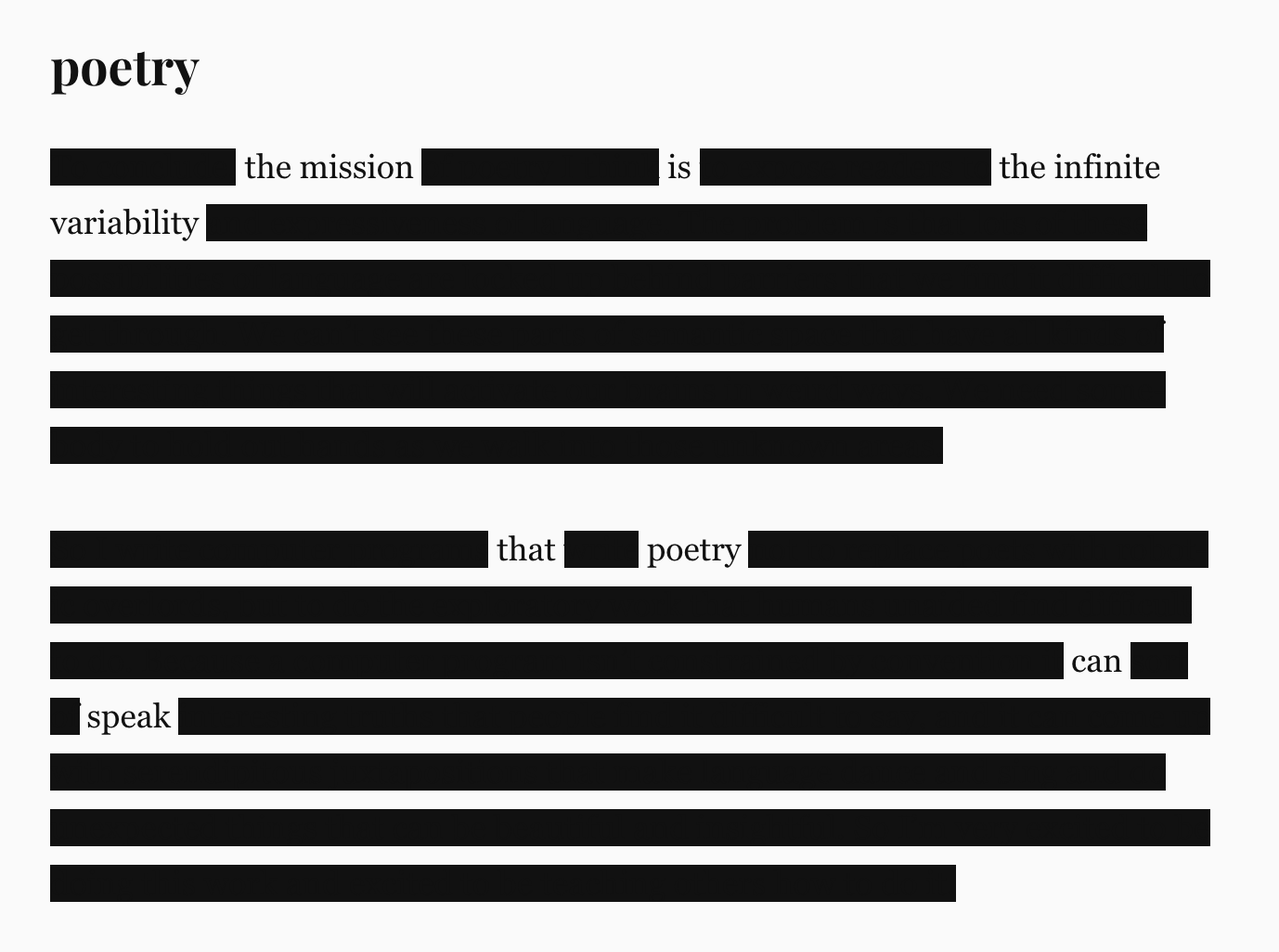
🗣️ Talks: !!Con West 2019, Computational Poetry Workshop 2019
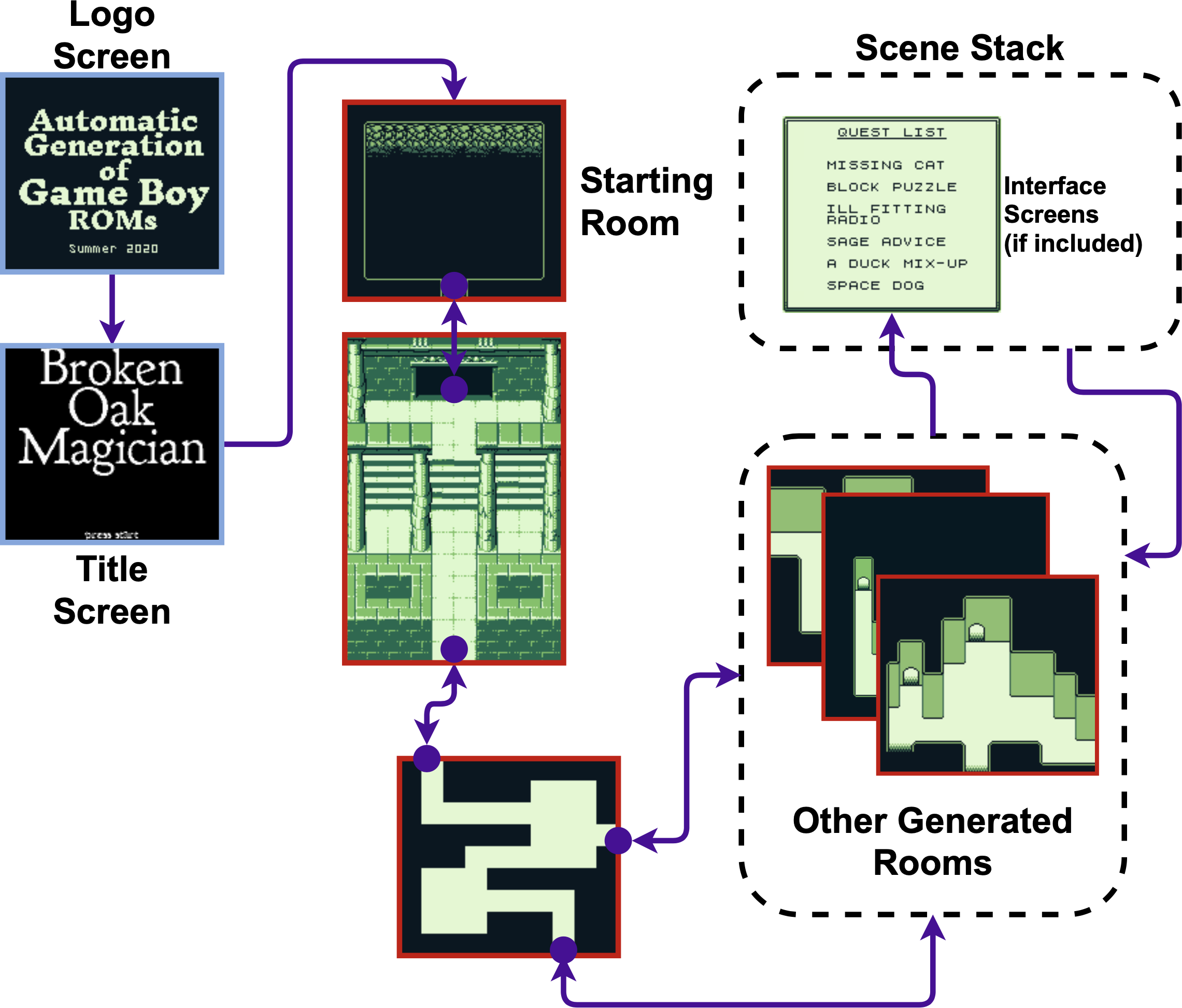
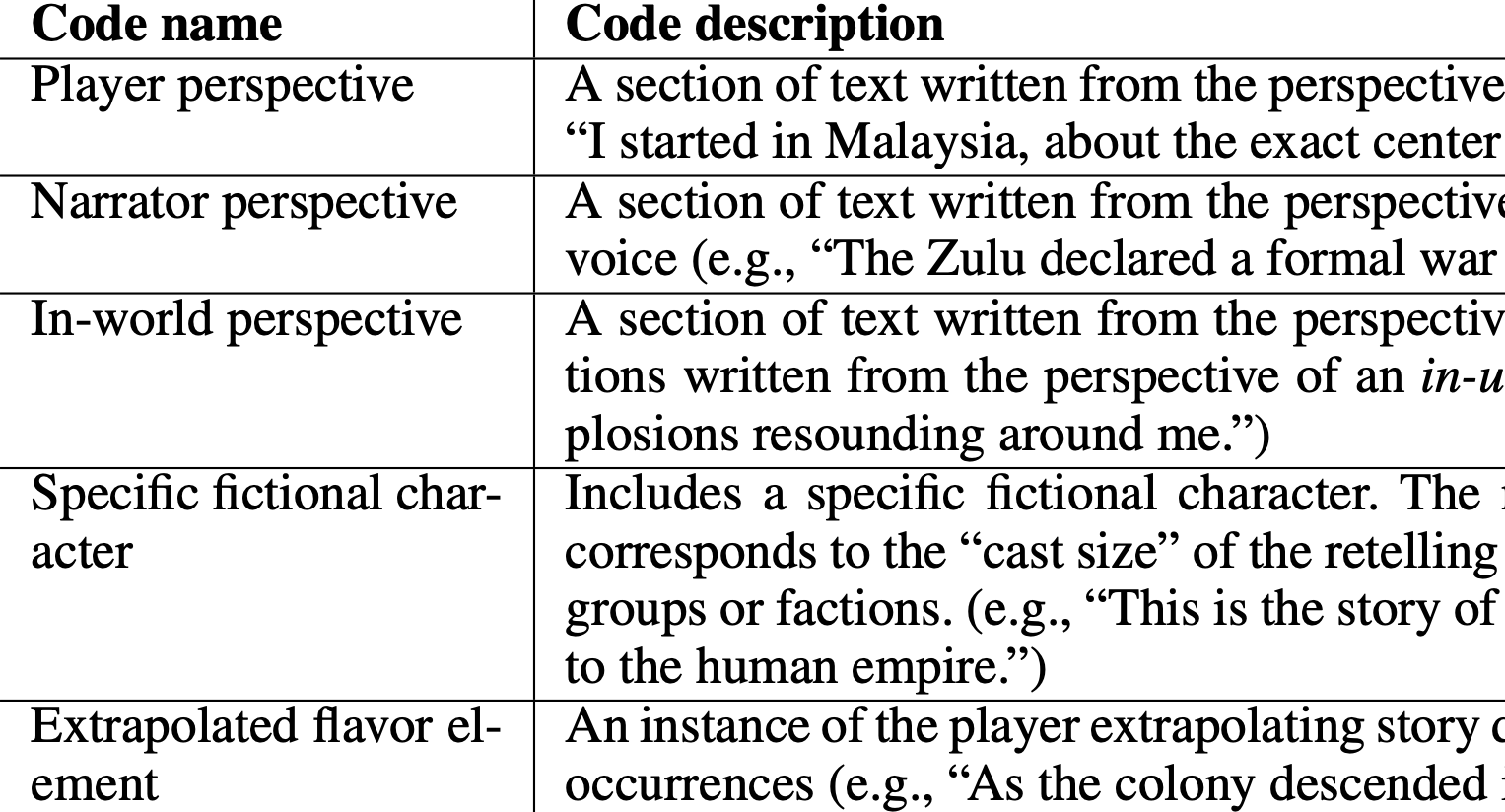
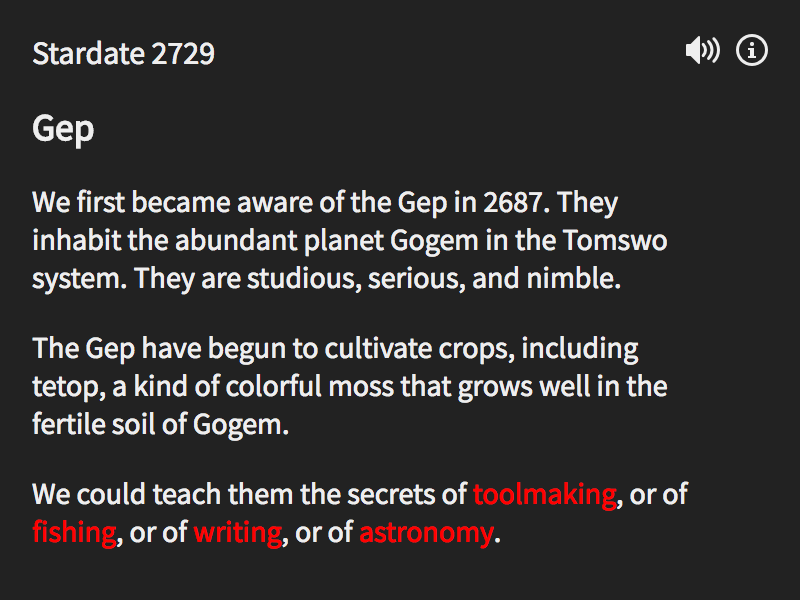
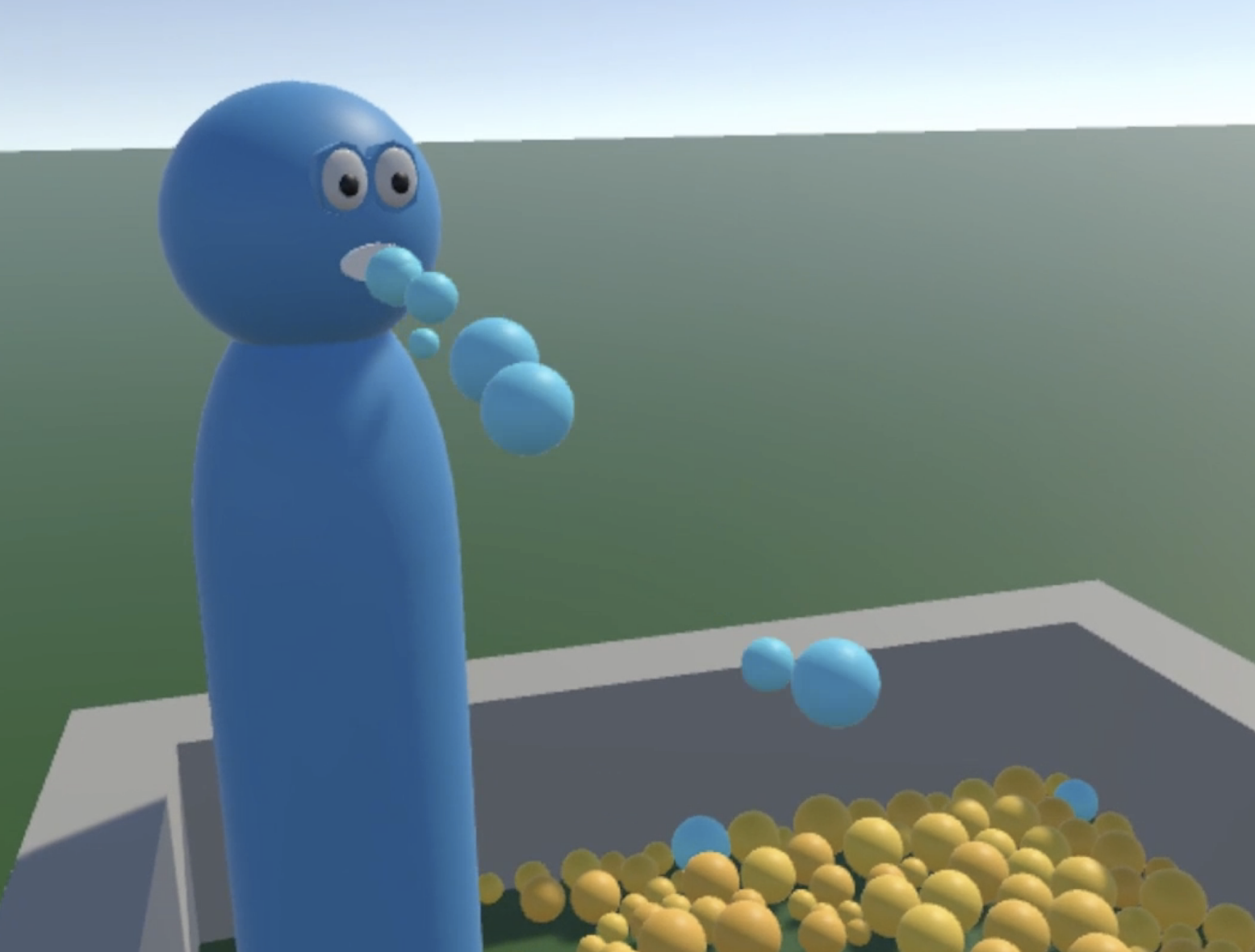
🤝 With: Josh McVeigh-Schultz, Katherine Isbister, many others
